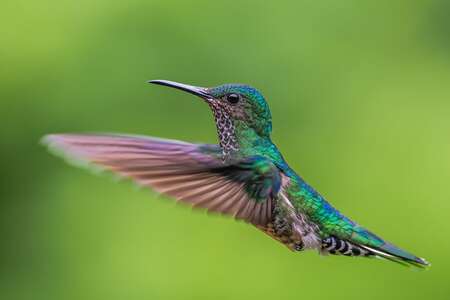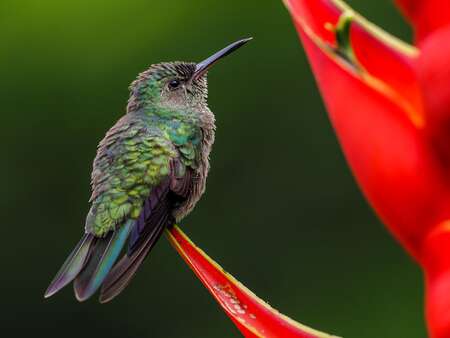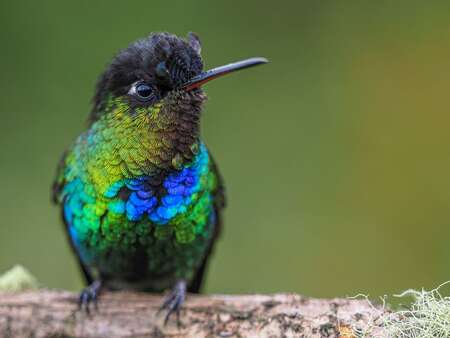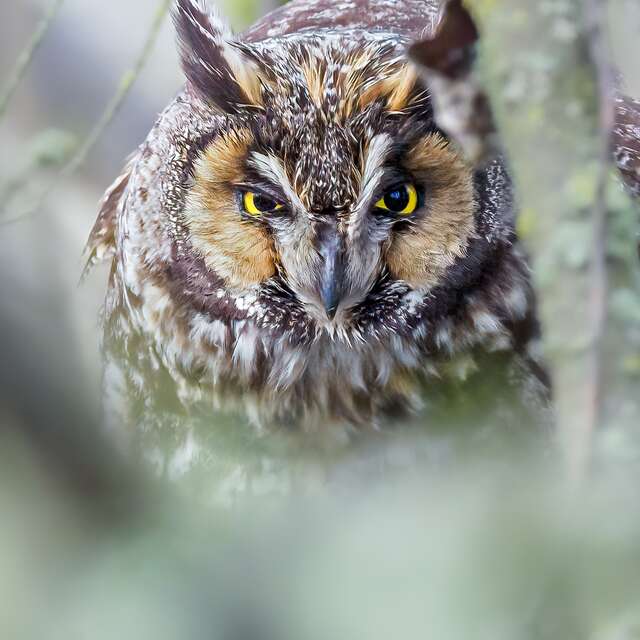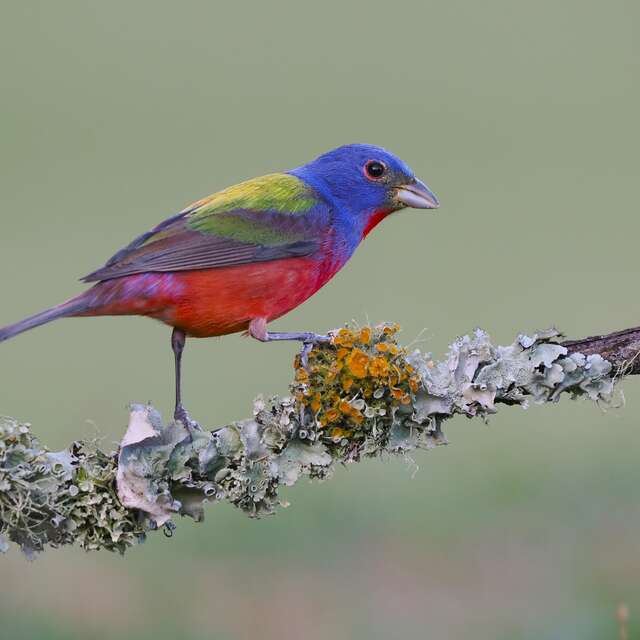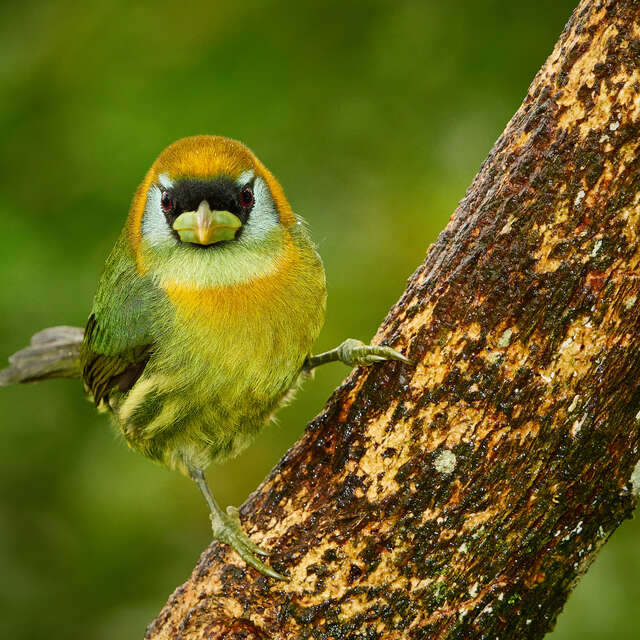Listen For The Sound Of Their Wings
Photographing hummingbirds is fun, challenging and rewarding. These birds are so fascinating that I can watch them for hours as they flutter around flowers and sip nectar while hovering in the air. They are truly a marvel of nature. The key to success as always is knowing about the subject you're photographing. The more you know about behavior environment, the easier it will be to get a good photograph.
Hummingbirds are very fast and are the only birds capable of hovering and flying backwards. Position yourself close to the branches they visit often, so you can photograph them up close. Listen for the sound of their wings as it's an important clue that one is approaching you hence the English name "hummingbird."
Mastering The Operation Of Your Camera
I can never repeat enough: know your camera! The faster you can adjust the appropriate settings, the fewer missed opportunities. Photographing such agile birds is a highly dynamic situation needing rapid switch between different settings depending on what is happening in front of your lens. Use your custom modes: In such situations, I always program the C1/C2/C3 modes and can switch between them using the PASM dial or by assigning one of the modes to a button on the camera. This allows me to quickly change settings, transitioning from capturing static scenes to photographing the fast movement of birds.
Appropriate Camera Settings
Most of us know that for action you generally use a short shutter speed to freeze subjects. As these birds are incredibly fast, it pushes speed to the limit to avoid blurred wings. This often requires increasing the sensitivity (ISO). Whether we want to "freeze" the wings or create a slight motion blur depends solely on the photographer's vision. A good solution is to use auto ISO and preselect the shutter speed with the aperture wide open. Trial and error is key.
Take Alot Of Photos
When capturing action and fast-moving subjects, the best way to obtain sharp photos is to use the continuous shooting mode. Hummingbirds move very quickly, and even though I had set it to 50 frames per second in the SH2 mode, many of the photos I took were not usable. The birds are not always within the frame, sometimes their beaks or wings are cut off. By using continuous shooting, I could capture several shots with each press of the shutter, increasing the chances of getting a good photo.
The Background is Crucial
In every bird photograph, there will be a hummingbird in the frame, but how we perceive the image will depend on the background. Even if only the bird is sharp and the background is blurred, it matters whether we have a nice calm blur or bright, distracting spots in the background that divert attention from our subject. Always, and I mean always, before pressing the shutter, make sure to check how the background looks and a small shift in your position can make a big difference.
Featured Products
Marcin Dobas is a photographer contributing for National Geographic Poland and a member of the international Olympus Visionaries team and EIZO Ambassador Program. He specializes in wildlife, wilderness landscapes, and underwater photography. He has a degree in Geology and works as a mountain rescuer and tour leader. Pictures taken during his travels are regularly published around the world in magazines, books, and calendars. Many of them won awards in prestigious, international photography contests. Marcin spent lot of time in distant places such as Svalbard, New Zealand, Norway, Thailand, Nepal, Malaysia, Sweden, Finland, Morocco, and Egypt, concentrating on photographing their wildlife. He runs photography workshops in Poland, Iceland, Nepal, India, Svalbard, and Greenland.
